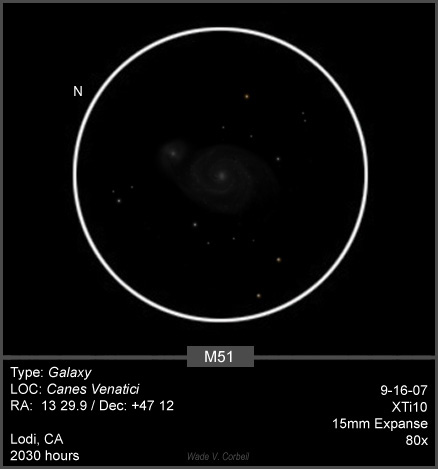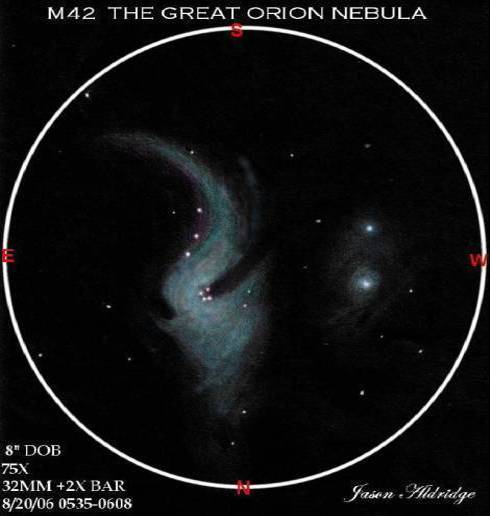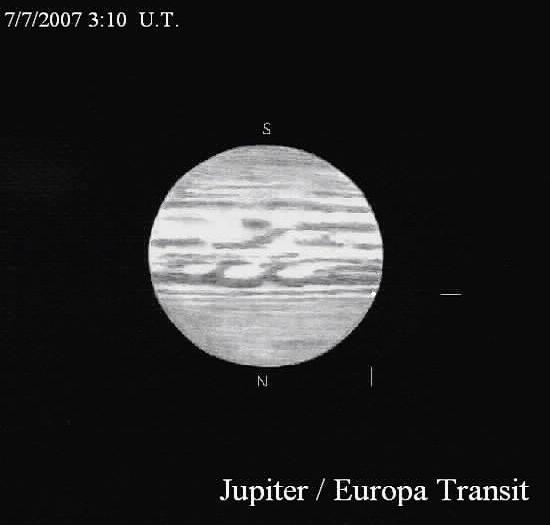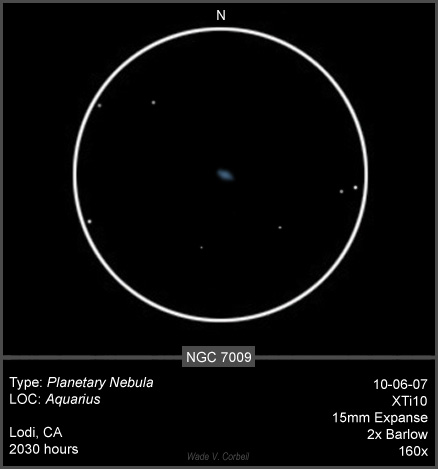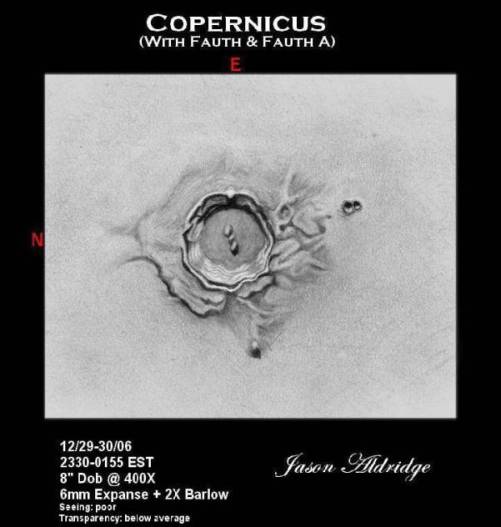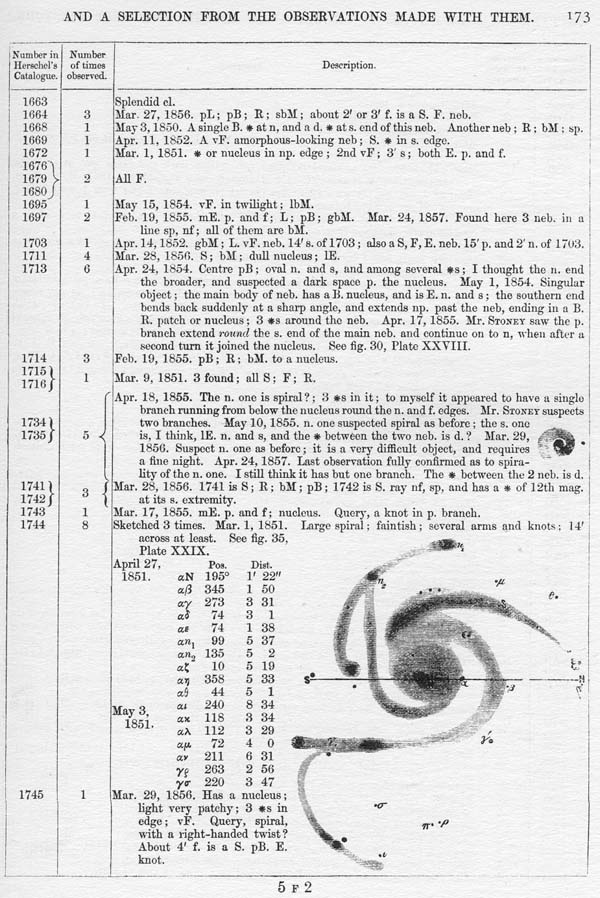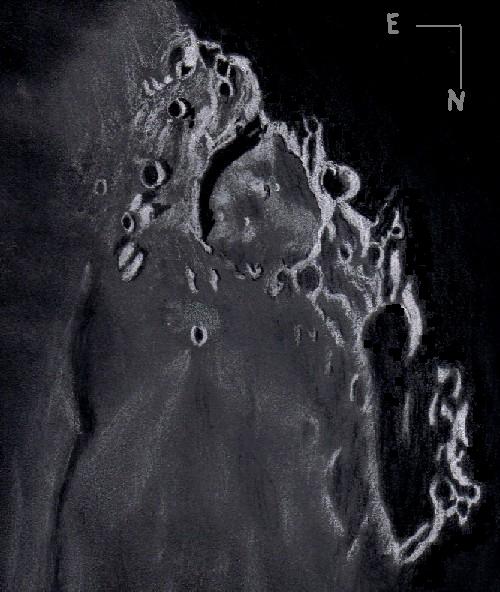M51
I have been going through my sketchbook and finding those objects that I have yet to convert over to digital images. M51 (The Whirlpool Galaxy) is one of many that were in need of such treatment.
A fairly faint object due in part to the LP in this part of the sky from my location, it is nonetheless an impressive object when viewed through the EP. With averted vision, I was able to clearly see the overall shape and structure, but not a whole lot of finer detail(s).
Wade V. Corbei
Lodi, California

